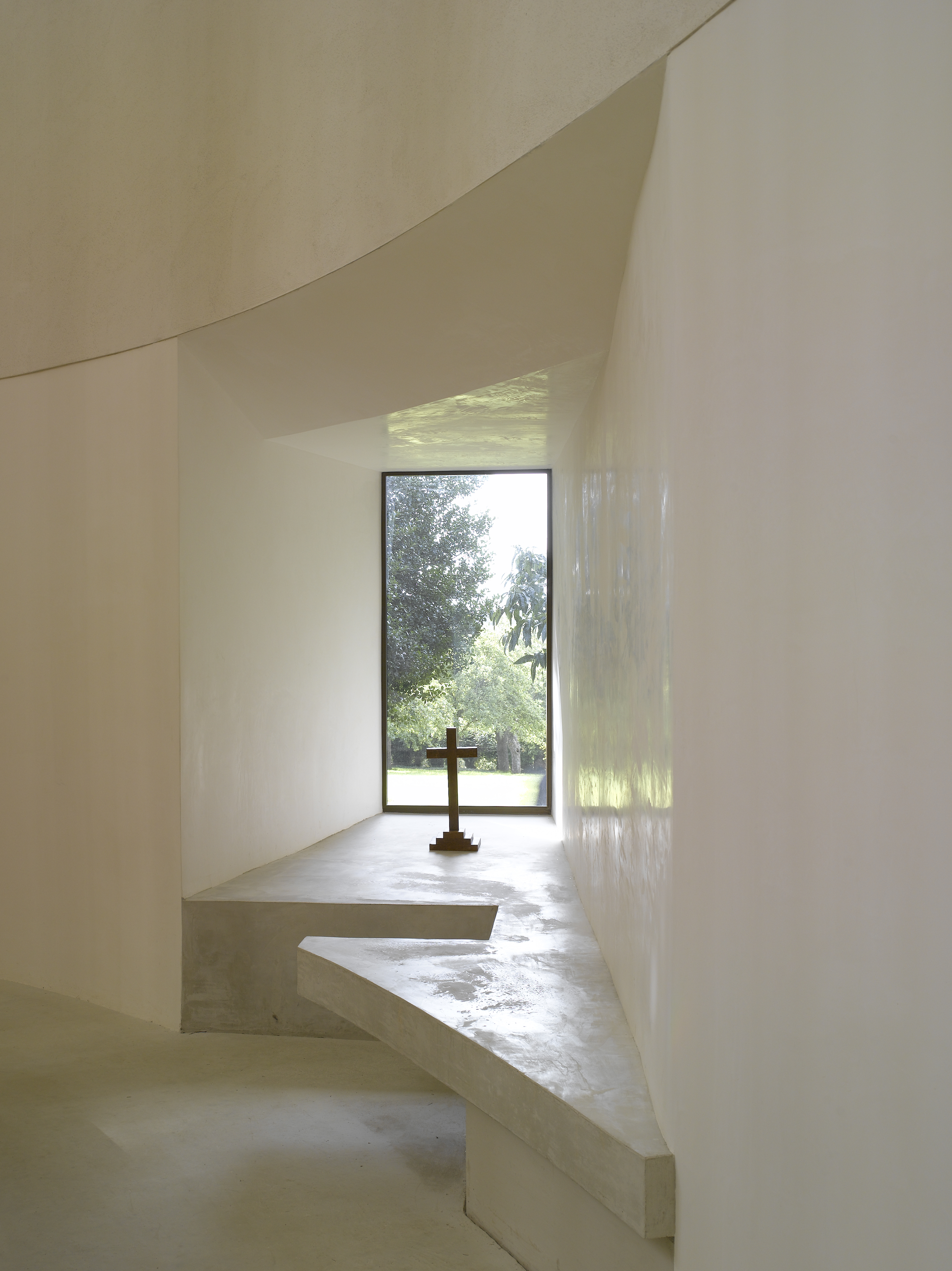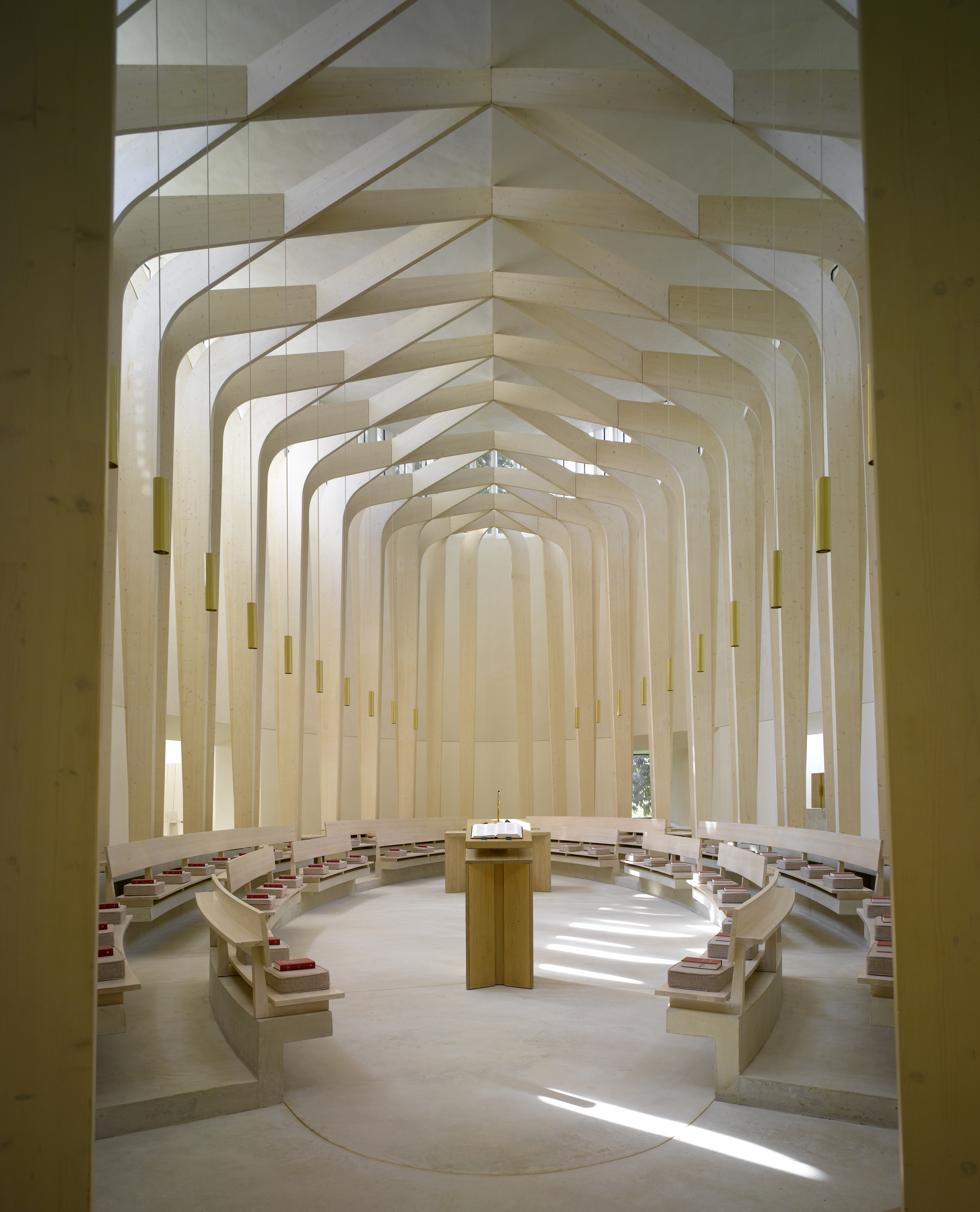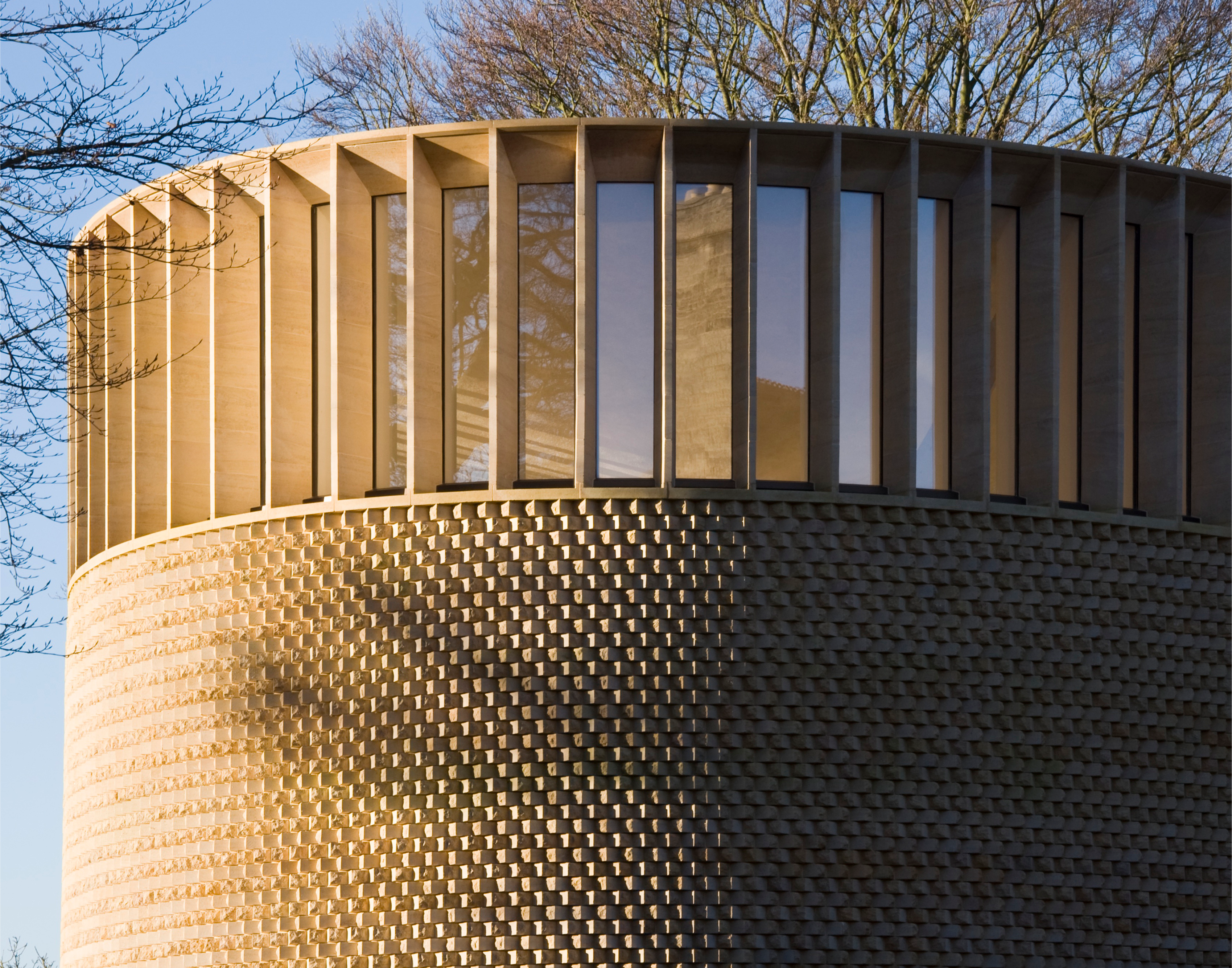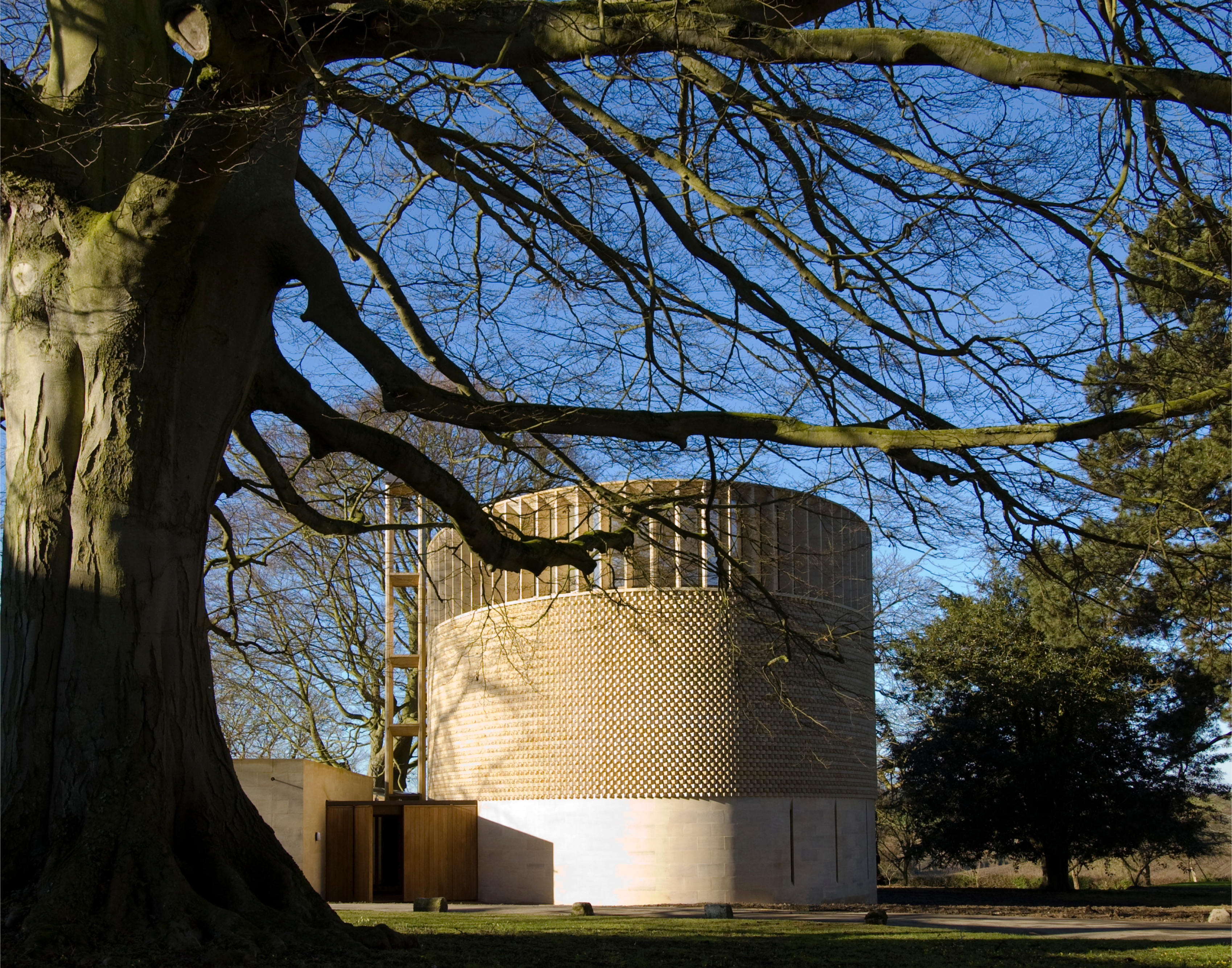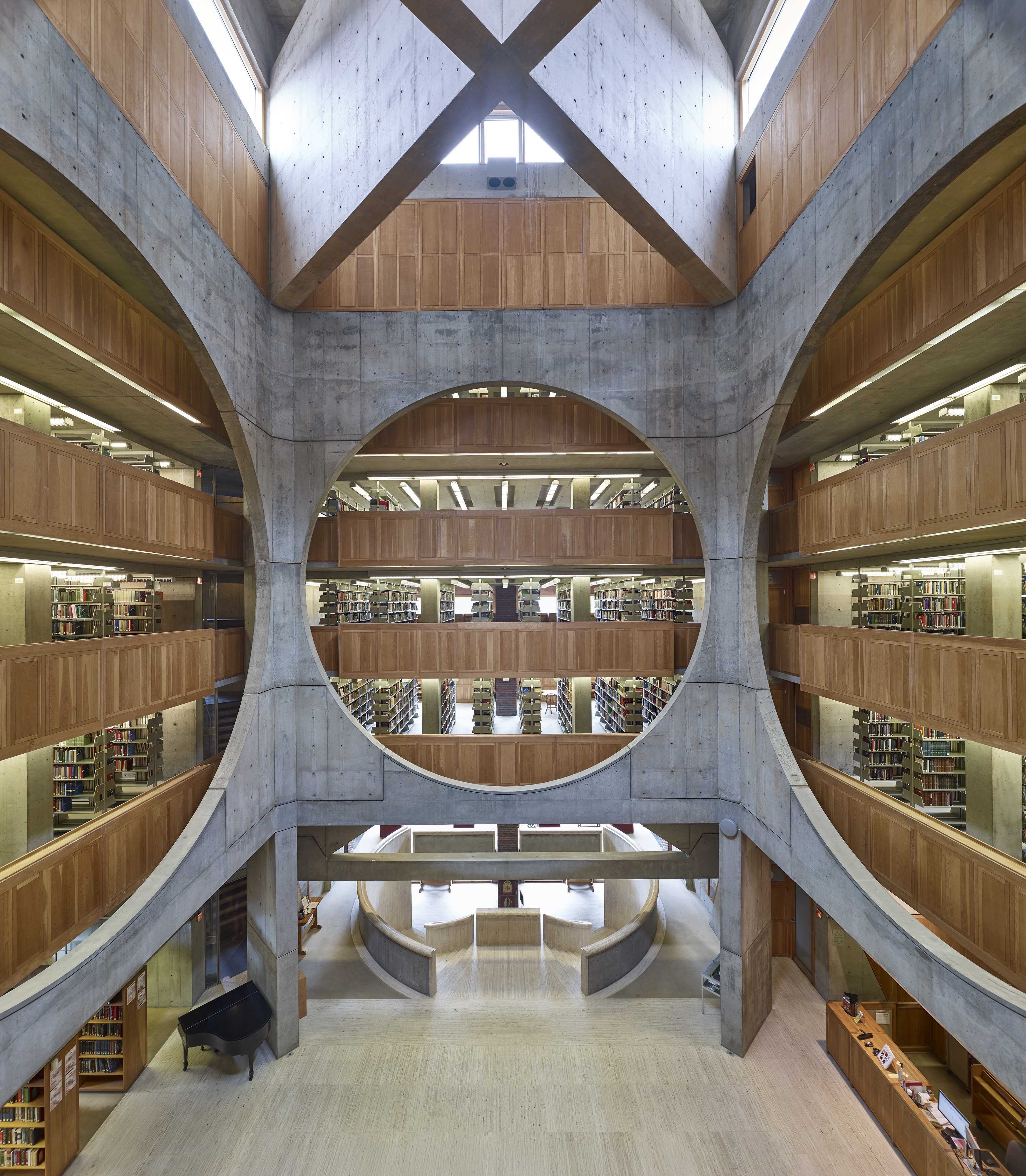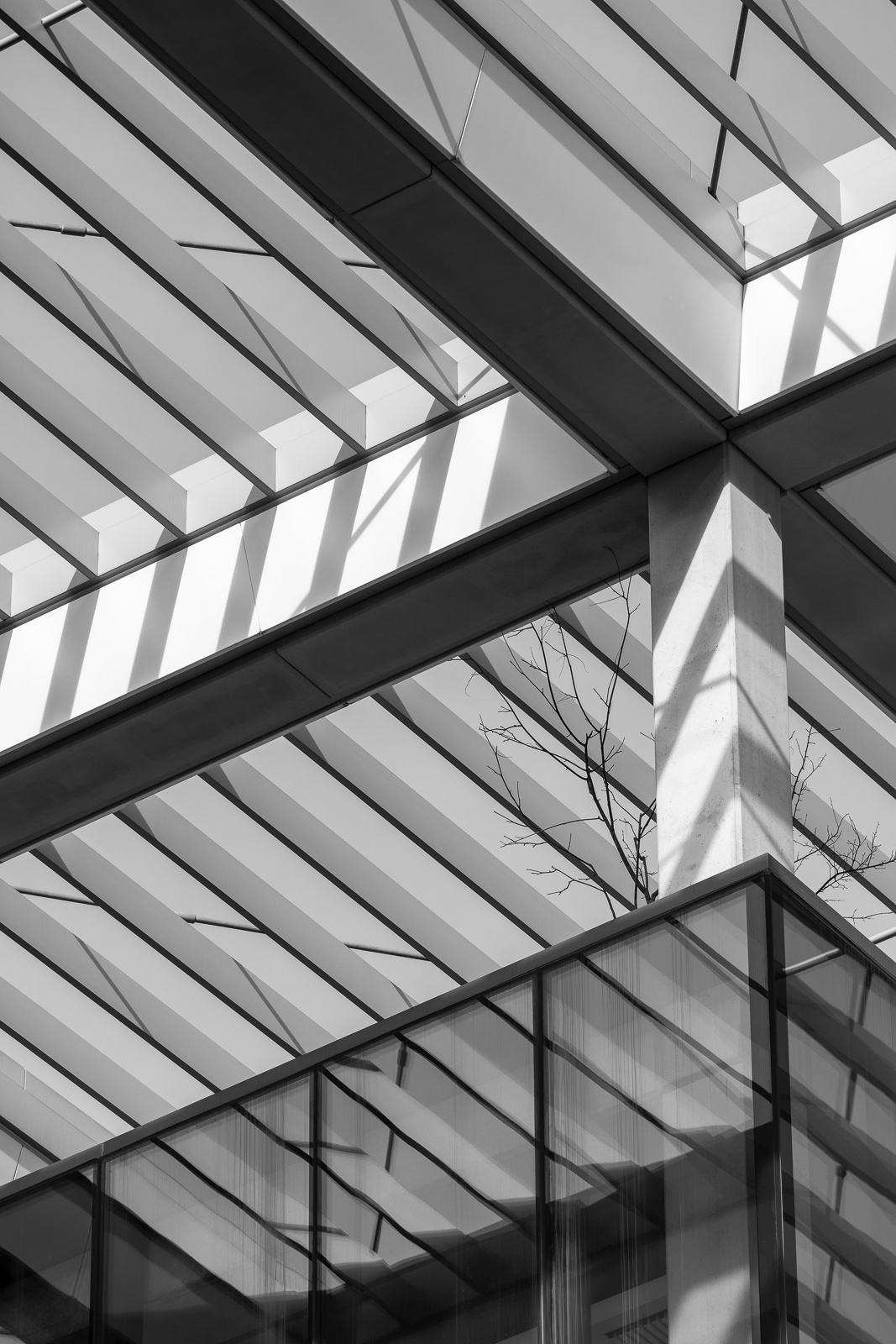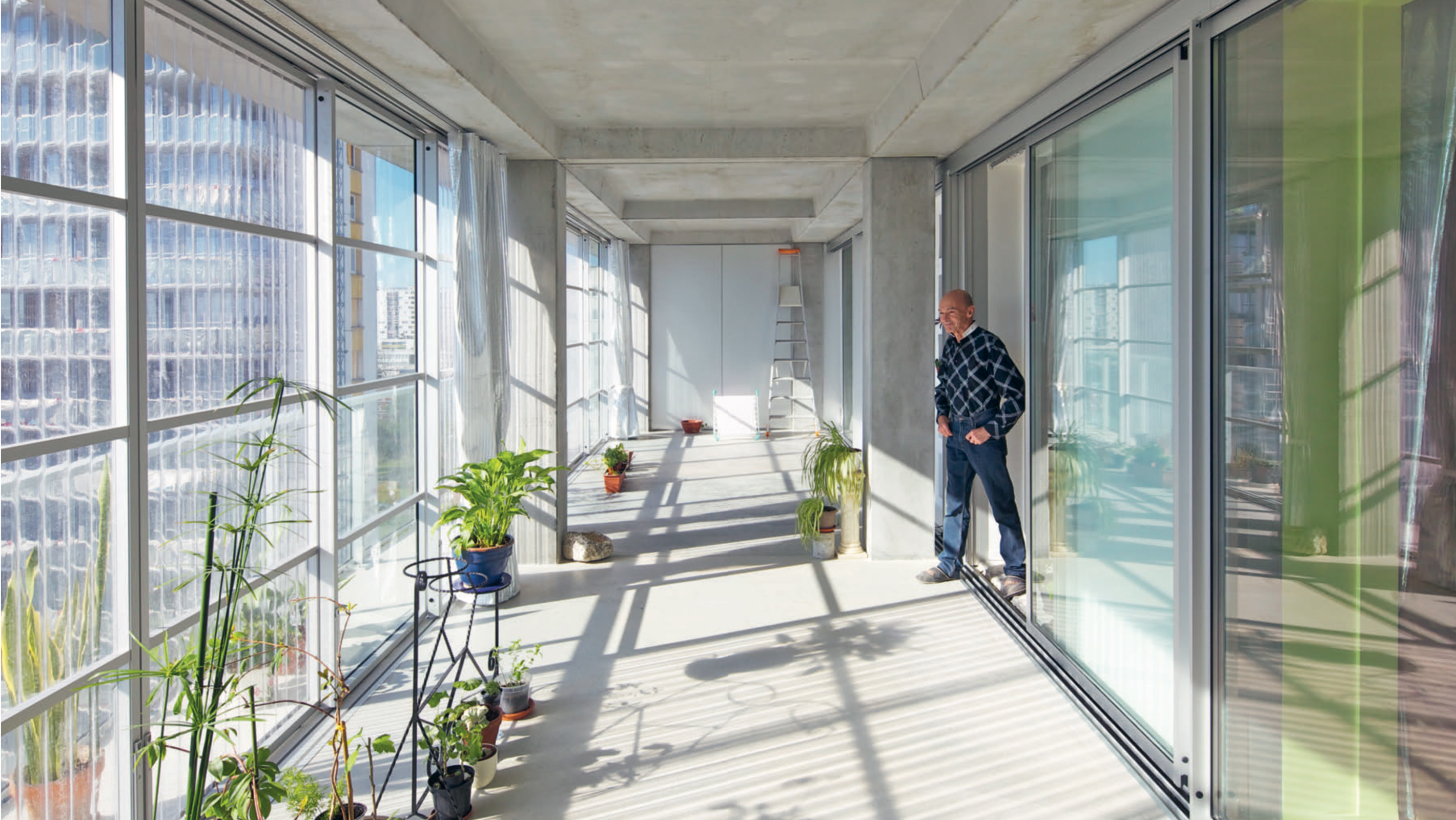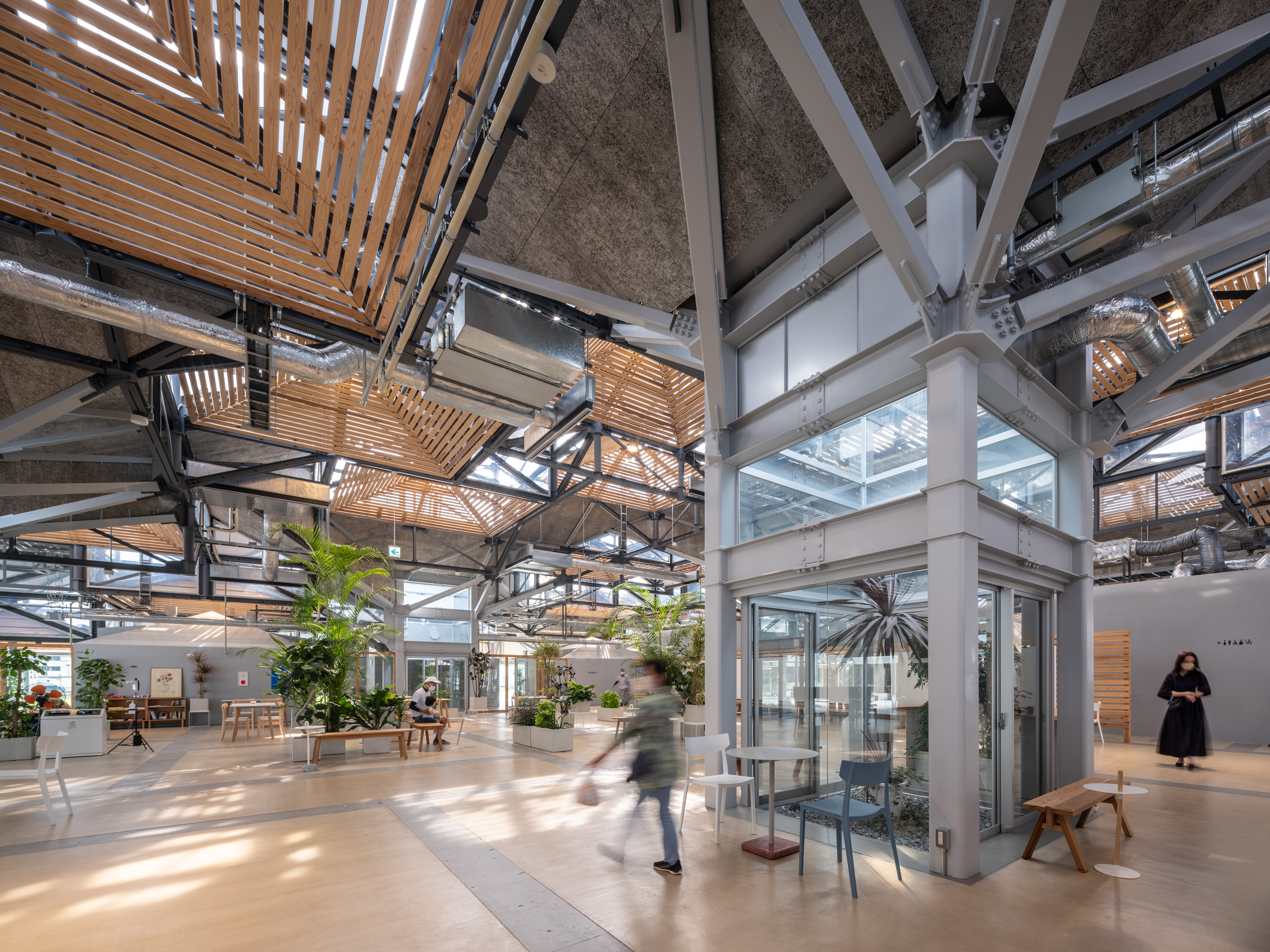Taking light for a walk
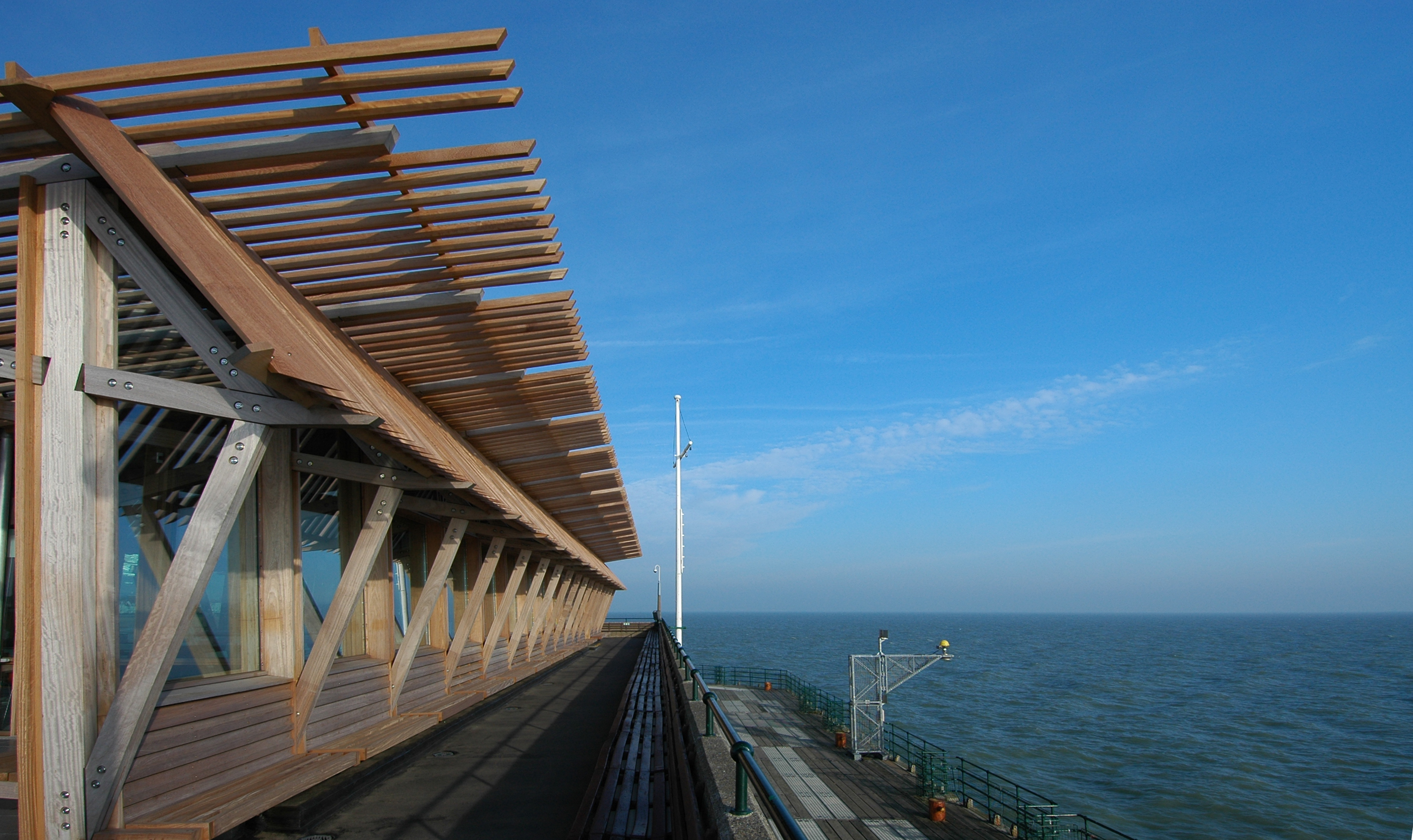
Category
Daylight & Architecture
Author
Mary Ann Steane
Photography
Níall McLaughlin architects
Date
June 2023
Share
Copy
It is not easy to talk about daylight. It may make us human, but as McLaughlin points out, light, the aspect of our world that moves with the passage of time, is capricious. Such variation is not just a stimulus to vision and a potential guide to time, as well as latitude but a necessary means of bodily regulation. In moving, it moves us. It is also hard to frame as a design ambition because it is not something one can make over to theories of correctness, but only something that can be done well or less well. What McLaughlin takes from all this uncertainty is that to involve yourself with daylight is not to imagine you can optimise light but to construct a telling narrative with it: the story that will allow others to follow your intentions, grasp your ambition, walk through the possibilities alongside you.
He has a way with light. And he has this way because he cares to make it central to his designs. On his practice website he writes that his practice is less interested in the expression of technology, and more in the overall presence of a space…in particular the way in which materials alter space by modulating light. He writes of ‘combing it, diffusing it, storing it, reflecting it, dulling it or changing its speed.’ In his view the daylighting of a project is critical to its success, to its argument for change. No surprise then that he needs to have a way with words.
How are these words and practice interconnected? How, does the art of daylighting bring creative discipline to his work? In ‘Circling a star’ six issues central to daylighting design (Light’s variation in colour temperature, its capacity to regulate human behaviour, its potential to offer enlightenment, its corrosive character, its counter form, shade, and lastly, its charged epiphanic character) are illuminated by McLaughlin’s discussion of seven projects: three chapels, a library, a dementia care facility, a café on a pier, and a music performance space. The focus is on daylight but he also offers comment here and there on how daylight and artificial light have been co-ordinated to achieve specific goals. Three salient themes emerge from this review of the narratives in light his works present, and the discussion that follows addresses each of them in turn.




Figure and ground
That light can be considered as figure, an active protagonist, drawing the eye, but also as ground, an implicit presence, closely bound to the conditions of light given by a site, is central to McLaughlin’s discussion of several of his projects. Animated description of the situations he is looking to achieve convey his commitment to the idea that light – whether figure or ground – can be a critical source of spatial order. He declares that daylight is not a neutral commodity. Here he shows us why.
At the Carmelite chapel and sacristy in London, UK and the Carmelite chapel in Dublin, Ireland, discussed together by McLaughlin, the unexpectedly creative task of reworking the light of two existing buildings is explained. In each case the evolution of daylight enables orientation within (London), and away from (Dublin), the ever-transforming city. As McLaughlin frames it, the chapels are rooms to look through and to gather within, their light an implicit presence, the ground for worship. Contrastingly, in the sacristy the line of light created by his new ceiling is a figure that draws the eye, dividing the room in two as it provides its central focus. In both chapels the placement, detailing and scaling of furniture in relation to light, artificial and natural, is key to their staging of tranquillity, intimacy, monumentality. Given the greater chiaroscuro associated with its liminal in-between status he gives the sacristy a more dramatic light. Not unexpectedly McLaughlin alludes to the central role played by light in catholic worship, its determination of choreography and spatial orientation, but points out that his designs counter some of these assumptions. In particular the intriguing story of how the rules governing the game of light in the London chapel were evolved in Dublin demonstrates his sensitivity to the issues in play in achieving similar ambitions for spatial mood in a different situation of light. That the practice’s purification of the mean ‘mucky’ light they encountered in the Kensington sacristy and the Dublin Chapel involves remaking the sacristy ceiling (London) and the walls (Dublin) is a beautiful Illustration of McLaughlin’s insight that light can be considered the final enrobing of a room.

At the Magdalene College Library in Cambridge, UK, daylight draws users up and around the building. Its penetration across the plan is central to a parti that makes the library one space and yet many, and, as McLaughlin playfully underlines, a sort of three dimensional game of snakes and ladders organising the rise of warm air, the fall of light and gravity, and the ascent and descent of people. In the lattice-like arrangement of structure adopted readers can choose to study alongside others or on their own, and the majority have access to the time of day and release to an outside view that a window offers, whether they sit at the centre or edge of the plan. McLaughlin notes that illumination is often equated with insight. Here, his careful assembly of materials and attention to readers’ diverse lighting needs mirrors a collegiate way of knowing – thorough, detailed, well founded, soundly argued. In the current context of on-line journals, massive data banks parsed by AI, internet babble and alternative facts, let alone the energy demands that support this culture of instant knowledge, his well-lit building asserts the enduring value of traditional modes of understanding, revealing why openness to daylight in a library is still an argument worth making.



The fugitive character of daylight
Having touched on the idea that the fugitive character of daylight assures vitality, Mc Laughlin underlines how this can shape a range of narratives in light in his characterisation of design as the staging of an argument between ephemeral light and enduring architecture.
Reviewing his Alzheimer’s Centre in Dublin, Ireland, he argues that its co-ordinated orchestration of daylight, space and human movement has the potential to return personhood to those with dementia by helping them make better sense of their surroundings. By paying careful attention to the fall of the light, and its local variation, he explains how the arrangement of interiors and exteriors is designed to help patients maintain their health by encouraging – and guiding – their journeys into, out of and around the building. Patients are given access to a series of walled gardens whose changing light and planting spur circulation through the building by giving clues to the passage of time. As he notes, since strong shadows on the floor can cause confusion, clerestory lighting predominates. This is architecture which gives order to wandering, mitigates disorientation and encourages a more active existence. Integrating horticultural and architectural ambitions, its therapeutic planting of light sustains and encourages the gardening activities its patients pursue on their journeys out of doors.

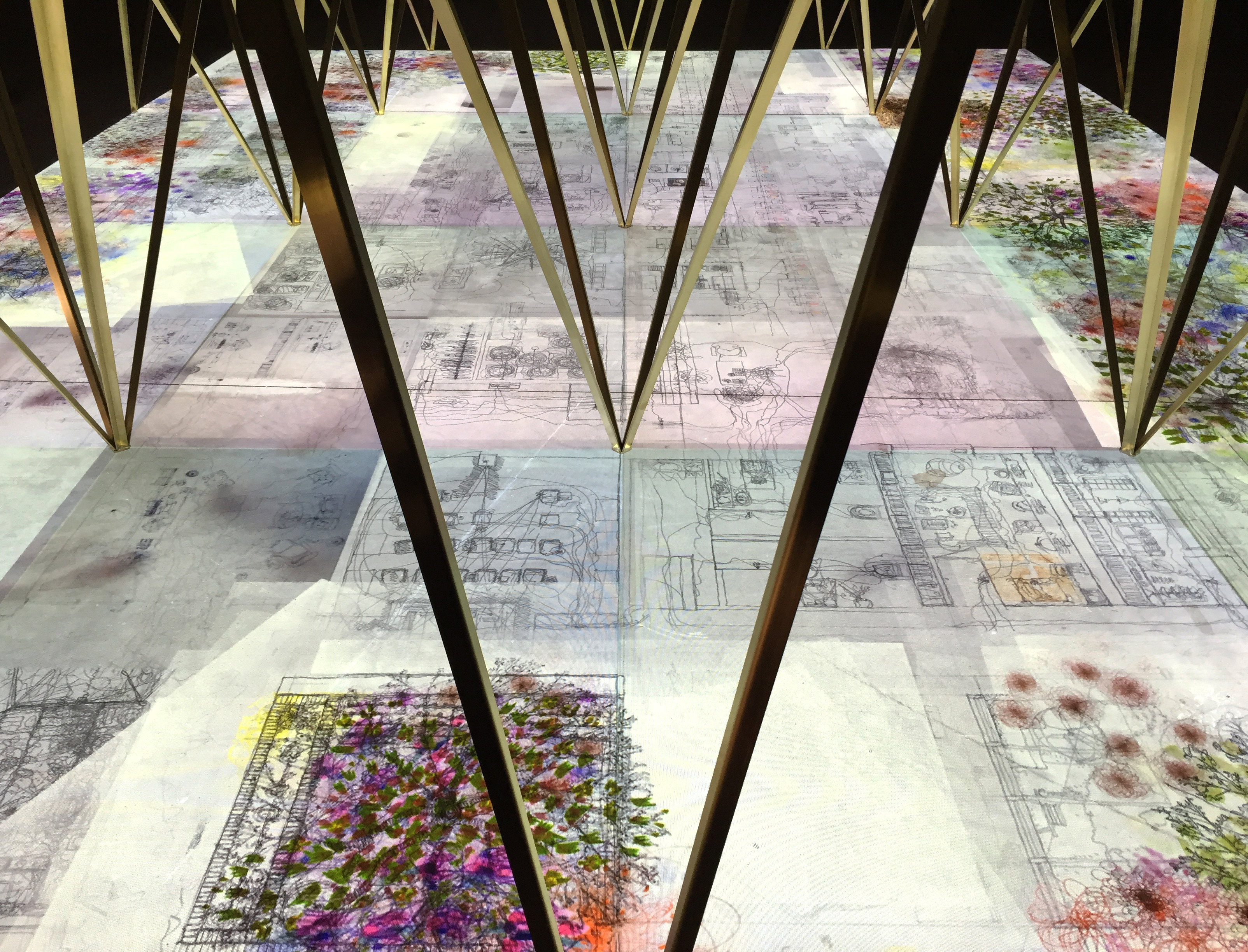
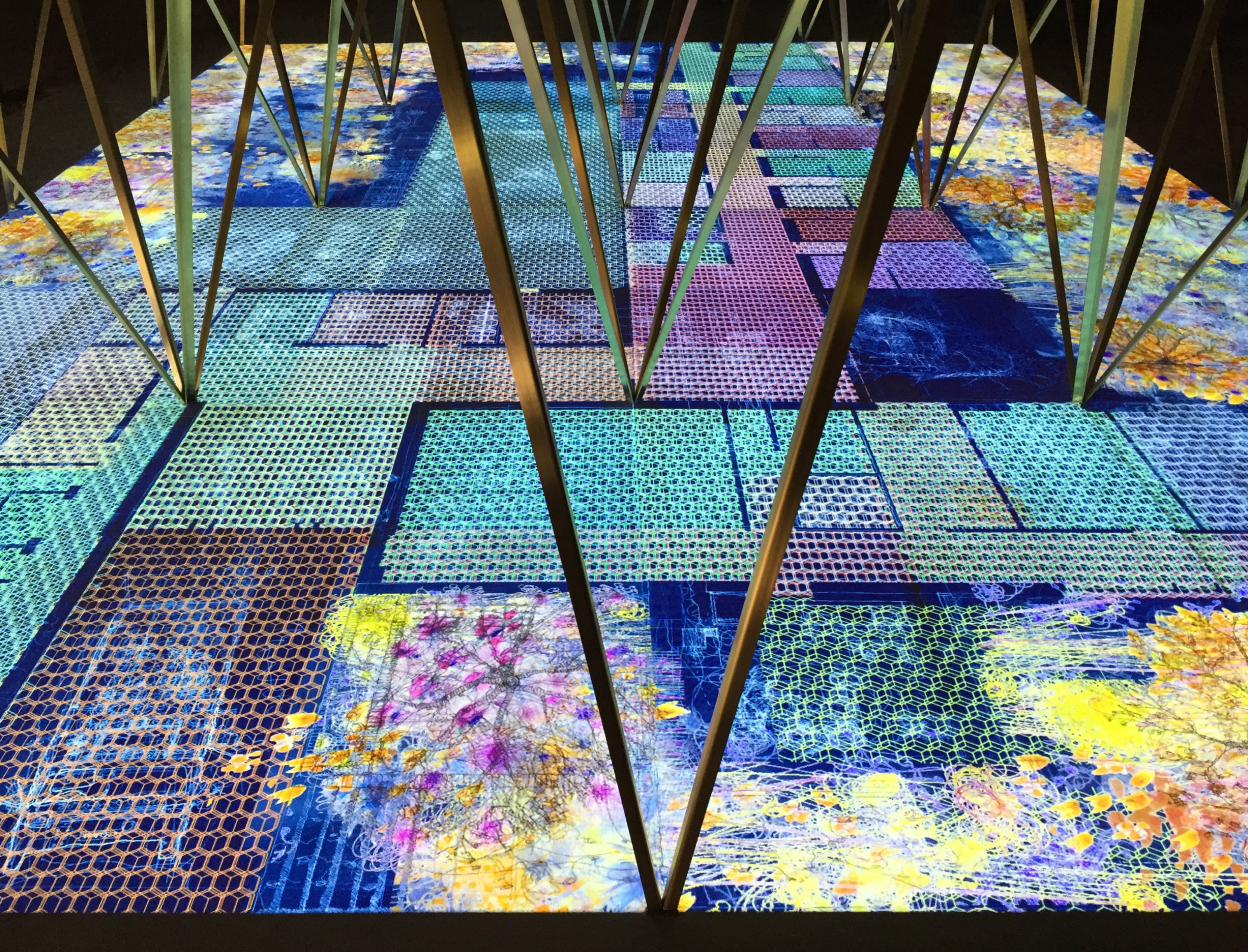
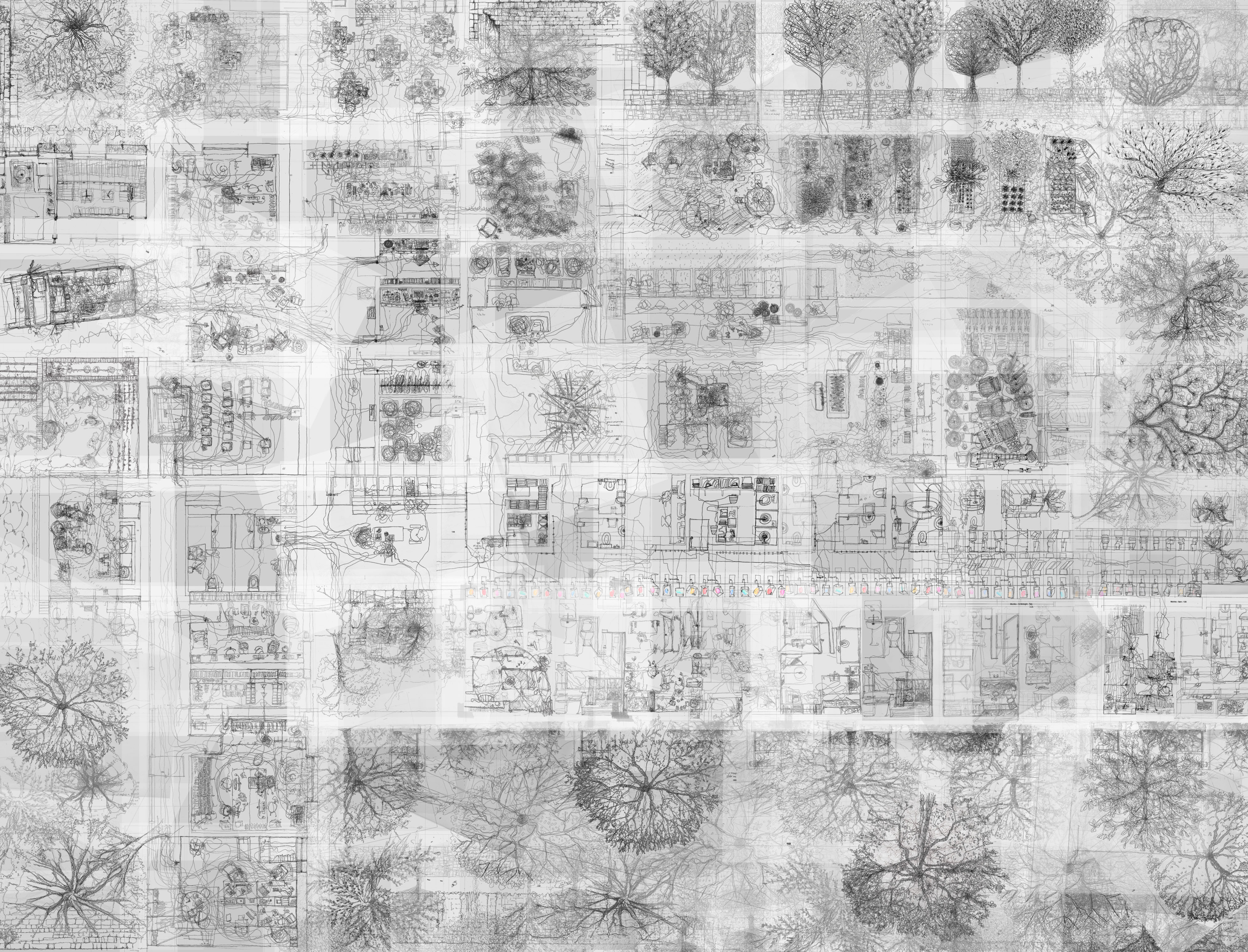


McLaughlin reminds us that in not being a neutral commodity, daylight is an active agent of permanent change. This might sound like a caveat, but how it can positively shape the appearance – and indeed life – of a building is underlined at his Deal pier project in Kent, UK. Here the weathering induced by light – a change in the colour of the timber from a warm glow to a cool grey – was intended from the start, such transformation helping marry the building more closely to its site over time while intensifying the promise of shelter it offers.
Also at pains to explain how light’s counterform, shade, can be a design imperative, McLaughlin pointedly reminds us that light is always in dialogue with darkness, and a new building ideally in civil dialogue with its context. Introducing his Cambridge, UK, Trinity Hall Song School project, he notes that he assessed the need for shade creation inside the building alongside shade prevention to neighbouring buildings. A tiny monumental building of roof- and side-lit Greek cross plan is the result. Yet his attention to light did not end there. With such shade comes visual coolth, justifying the choice of the brass fronted cases for sheet music lining each wing of the building that add warmth to the Portland stone interior.
At the Bishop Edward King Chapel at Cuddesdon, Oxfordshire, UK, the narrative inspired by a poem of Seamus Heaney concerning the legendary cloud ship of Clonmacnois, Lightenings viii, addresses the fragile tethering of light by architecture at northerly latitudes. In this building clerestory light from all sides leads the eye upwards, the calm assurance of the smooth white walls at ground level a foil for the complex play of light and shadow amongst the columns and interlacing ribs of the ceiling. Other examples of this interest in the fleeting character of light are offered: the light flickering through beech leaves that concludes his orchestration of human movement in and out of the building; the slower movement of sunlight across the exterior which makes the building a gnomon as it reveals the complexities of its weaving in stone; the unforeseen rainbows that animate the walls at certain moments on sunny days.
Modelling daylight
How does McLaughlin develop his narratives in light? What experimental techniques does he employ to uncover the latent possibilities of design ideas with respect to daylight?
In McLaughlin’s case we find that while taking close account of the daylight at his disposal, his sources of inspiration have varied from medieval paintings whose light and/or creation of threshold is critical to their subject matter, to a poem by Seamus Heaney whose marvellous cloud-ship belongs in the sky, to the writings and works of such architects as Frank Lloyd Wright, Lou Kahn, Mies van der Rohe and Rudolf Schwartz, who have given daylight and its integration with other design ambitions close consideration themselves.
His fascination for mechanical devices has introduced many an exhibition visitor to his search for light. A collaboration with Yeoryia Manolopoulou on an audio-visual installation, Losing myself, that evoked the rhythms of life in the Dublin Alzheimer’s centre for the 2016 Venice Biennale pictured the slow dance in and through light that its occupants – patients and staff, visitors and plants – make every day, in an illustration of the research into human behaviour a design may encapsulate. Another kind of light machine, the circular heliodon, Presences, designed for the 2018 Venice Biennale gave visitors the magical possibility of interpreting light variation as speeded up time. Given the title of his talk, the comment that at the last minute he placed his mobile phone onto the heliodon’s platform in order to record the same annual passage of time from a human-centred perspective, i.e. one that experiences the earth as fixed, and the sun, the light, as in movement, was a nice illustration of his preoccupation with daylight and the speed at which it runs away.
Finally McLaughlin’s preference for physical over digital modelling of light deserves comment. It may seem surprising, but reflects the sense in which he finds that screen light is hard, literally, to get his head round. One is always in light, not viewing it from a distance. Physical models simplify the picture but their capacity to illustrate the play of light in space means their lessons can be interpreted with greater confidence. The sectional model of the chapel at Cuddesden that when worn by his clients like a hat offered them a preview of the daylighting possibilities under consideration was a playful yet telling illustration of how daylighting tools shape his design practice.

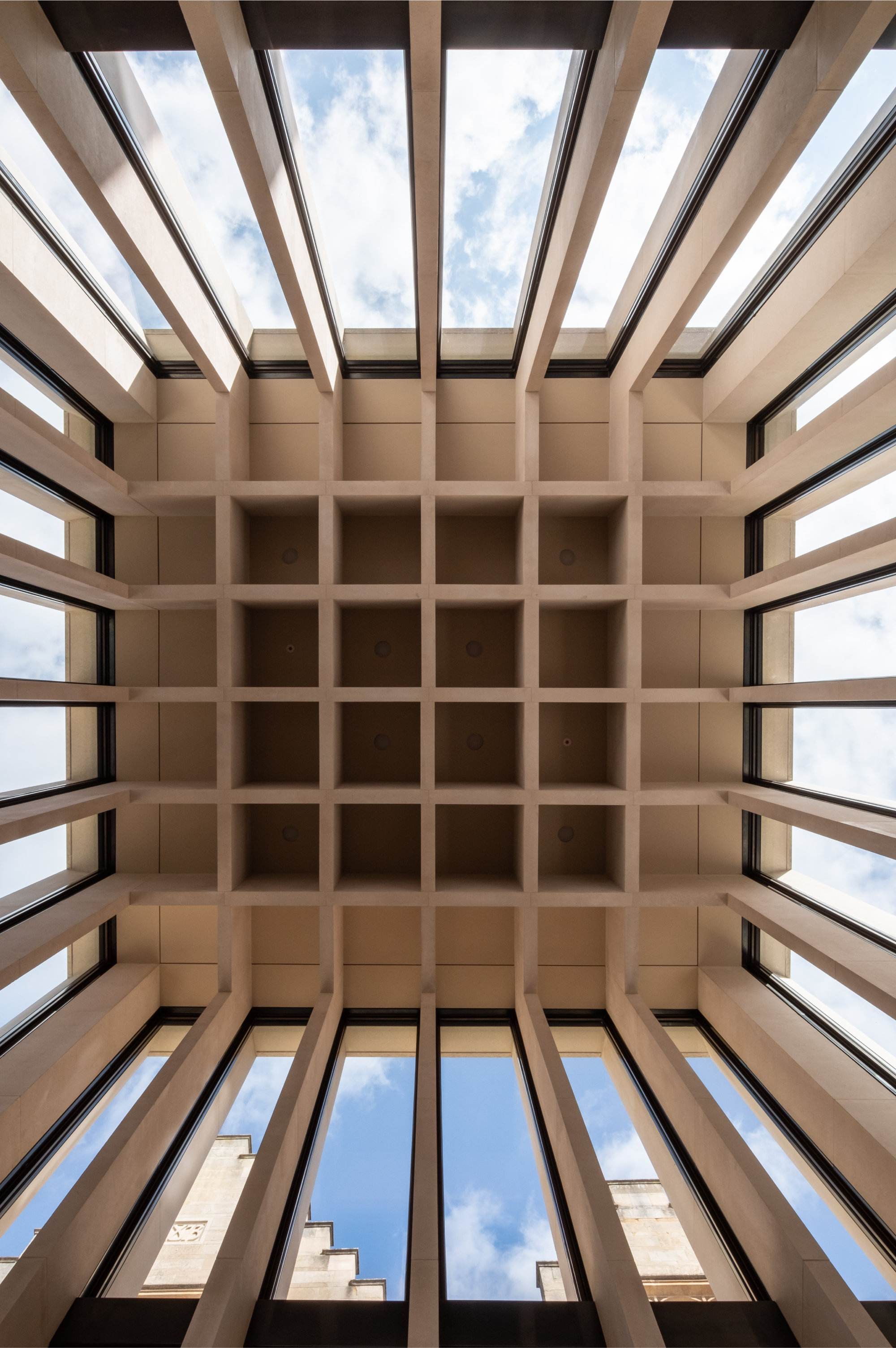

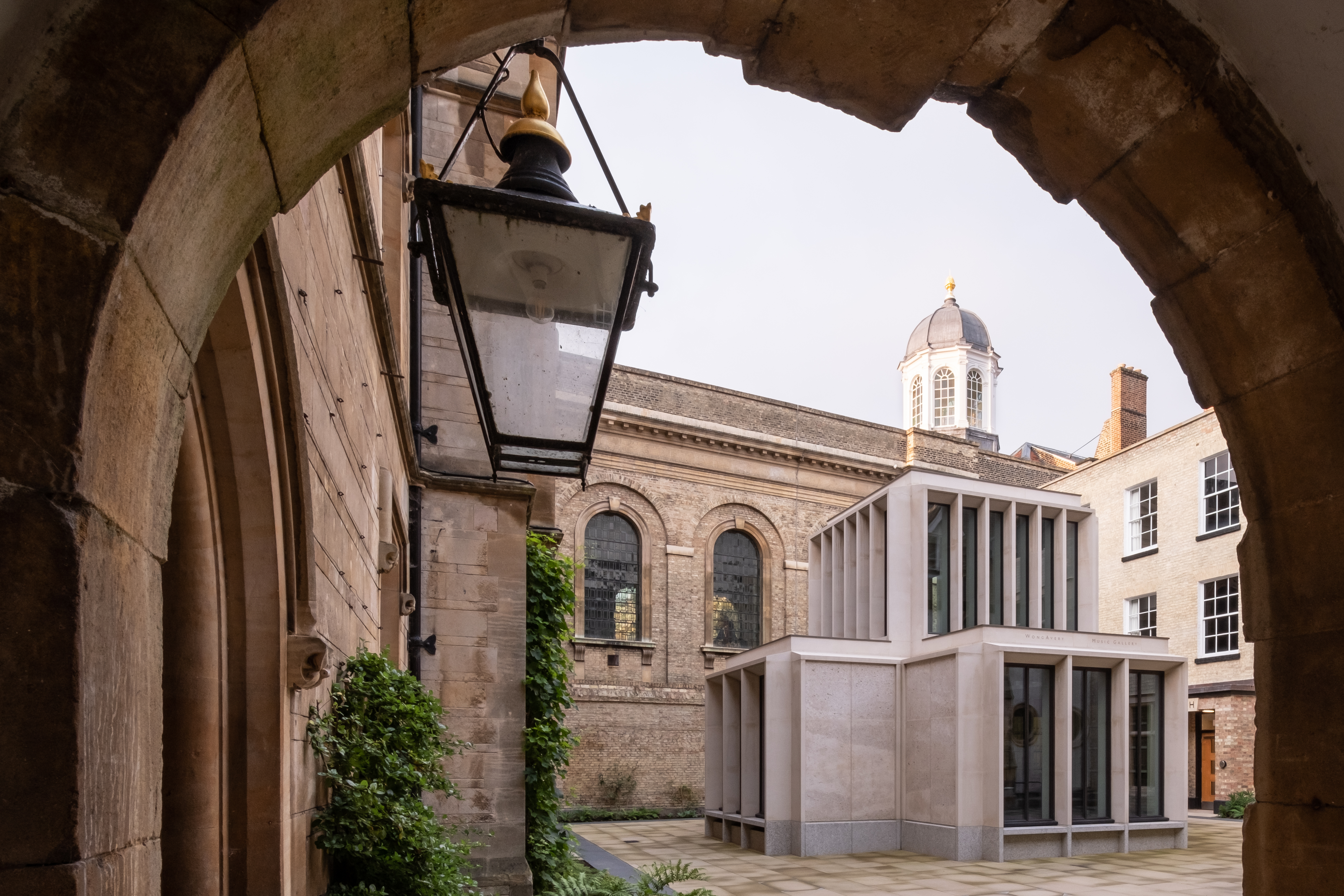
Constructing narratives in daylight
The enjoyment and urgency with which McLaughlin speaks about light is striking. Not afraid to underline that light has a primordial materiality, he emphasises that a sensitive approach to daylighting is a fundamental – if underappreciated – aspect of the ‘practical art’ of architecture, and argues that daylight is, for any number of reasons, central to architectural order. Reflecting the claim upon us of the cosmic conditions of existence, he reminds us in this era of climate crisis that the architecture of daylight, well understood, nurtures buildings in league with their surroundings. Conscious that a fascination with light can be deemed escapist, a thoughtless running after spectacle, he takes the trouble to explain the wide spectrum of colours and moods that the nuanced deployment of daylight offers. Such reflections on the many sources he has mined for his narratives in light, whether poetic or painterly, mechanistic or architectural, suggest that a concern for the specifics of place means a new way forward is piloted on each occasion, one driven, on occasion, by the experimental modelling of light. For McLaughlin then the art of daylighting is a form of astute choreography, an orchestration in movement and stillness, in place and time, of light and those people lucky enough to find themselves with his buildings.
